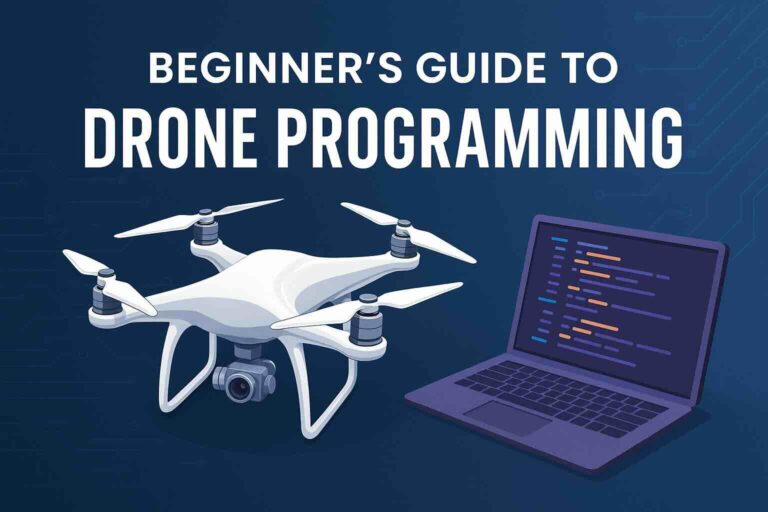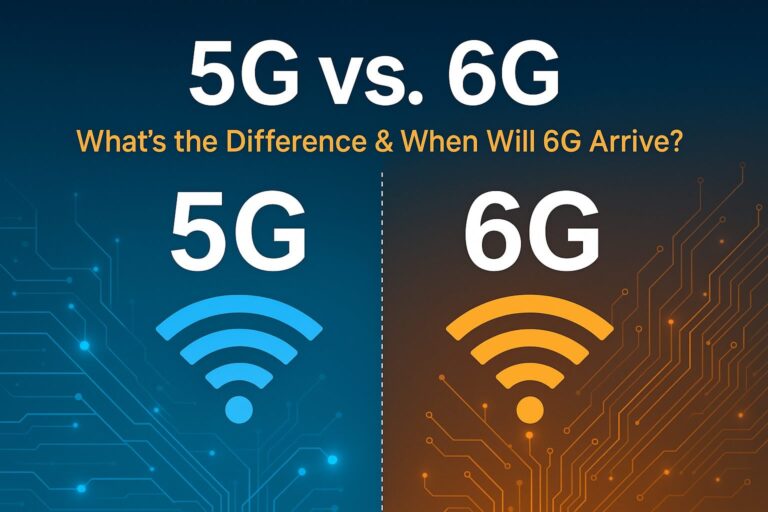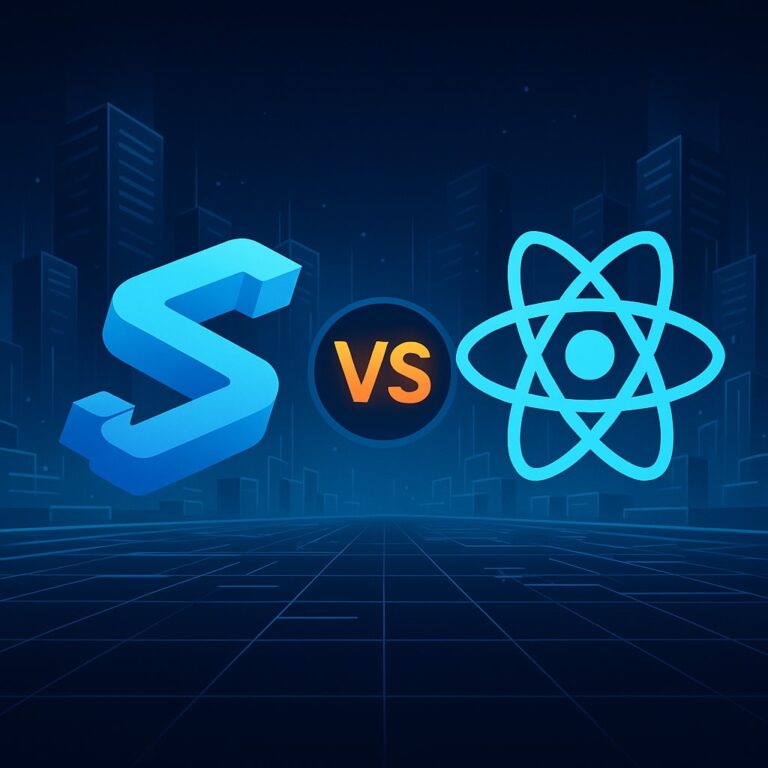Header bidding has revolutionized the ad tech industry by offering a more efficient and profitable way for publishers to sell their ad inventory. Unlike the traditional waterfall method, where ad impressions are offered to buyers sequentially, header bidding allows multiple demand partners to bid on inventory simultaneously, maximizing revenue and improving ad performance.
Fundamentals of Header Bidding
How Header Bidding Works
1. Page Load: When a user visits a website, the page begins to load.
2. Ad Request Initiation: As part of the page load, a request for ads is initiated.
3. Bidding Process: The header bidding wrapper sends the ad request to multiple demand partners (advertisers, DSPs, ad networks) at the same time.
4. Bid Submission: Each demand partner submits a bid for the ad impression.
5. Bid Collection: The header bidding wrapper collects all the bids and selects the highest one.
6. Ad Server Call: The highest bid is sent to the ad server (e.g., Google Ad Manager) to compete with direct and other programmatic demand.
7. Ad Display: The ad server determines the final winner and displays the ad to the user.
Key Components of Header Bidding
1. Header Bidding Wrapper: A piece of JavaScript code placed in the website’s header that manages the entire header bidding process. Popular wrappers include Prebid.js, Amazon TAM, and Index Exchange.
2. Demand Partners: Entities (advertisers, DSPs, ad networks) that bid on ad impressions.
3. Ad Server: The platform (e.g., Google Ad Manager) that serves the final ad to the user.
Advantages of Header Bidding
1. Increased Revenue: By creating a real-time auction with multiple bidders, publishers can often achieve higher CPMs.
2. Improved Fill Rates: More bidders increase the likelihood that ad impressions will be filled.
3. Transparency: Publishers gain better insights into the value of their ad inventory and the bidding process.
4. Fair Competition: All demand partners get an equal opportunity to bid, ensuring a fairer auction process.
Future Prospects of Header Bidding
Evolution of Header Bidding Technology
Header bidding is continuously evolving, with new technologies and methods enhancing its efficiency and effectiveness:
1. Server-Side Header Bidding: Unlike client-side header bidding, where bids are processed in the user’s browser, server-side header bidding moves this process to a server. This reduces latency and improves user experience by decreasing page load times.
2. Hybrid Solutions: Combining the best of client-side and server-side header bidding, hybrid solutions aim to optimize performance and revenue.
3. Prebid 3.0 and Beyond: The evolution of Prebid.js and other frameworks introduces more robust and flexible features, supporting a wider range of ad formats and integrating with new technologies like identity solutions.
Adoption of Machine Learning and AI
Machine learning and AI are set to play a significant role in the future of header bidding:
1. Bid Optimization: AI algorithms can analyze vast amounts of data to optimize bid strategies, ensuring higher revenue and better user experiences.
2. Fraud Detection: Machine learning models can identify and mitigate ad fraud more effectively, protecting both publishers and advertisers.
3. Personalization: AI can enhance ad personalization, delivering more relevant ads to users, which can improve engagement and conversion rates.
Integration with Advanced Ad Formats
As the digital advertising landscape continues to diversify, header bidding is adapting to support advanced ad formats:
1. Video and CTV (Connected TV): With the rise of video content and streaming services, header bidding is expanding to support video ads and CTV, offering new revenue streams for publishers.
2. Native Ads: Seamlessly integrated with the content, native ads provide a non-intrusive ad experience, and header bidding solutions are evolving to support these formats effectively.
Privacy and Compliance
With increasing concerns about user privacy and data protection, the future of header bidding will be shaped by regulatory compliance and privacy-centric technologies:
1. GDPR and CCPA: Compliance with regulations like GDPR and CCPA is crucial. Header bidding solutions are integrating features to ensure they adhere to these standards.
2. Privacy Sandbox and First-Party Data: As third-party cookies are phased out, header bidding will increasingly rely on first-party data and privacy-preserving technologies like Google’s Privacy Sandbox.
Global Expansion and Emerging Markets
The adoption of header bidding is growing globally, with significant potential in emerging markets:
1. Regional Adaptation: Header bidding solutions are being tailored to meet the specific needs and challenges of different regions, accommodating varying internet speeds, device types, and user behaviors.
2. Localized Demand Partners: Partnerships with local demand partners can unlock new revenue opportunities and enhance the competitiveness of header bidding in diverse markets.
Conclusion
Header bidding has fundamentally transformed the ad tech industry, offering publishers a more effective way to monetize their inventory. As technology continues to evolve, the future of header bidding looks promising, with advancements in AI, support for advanced ad formats, enhanced privacy compliance, and global expansion driving its growth. By staying ahead of these trends and continuously optimizing their strategies, publishers can maximize the benefits of header bidding and secure a more profitable future in digital advertising.












